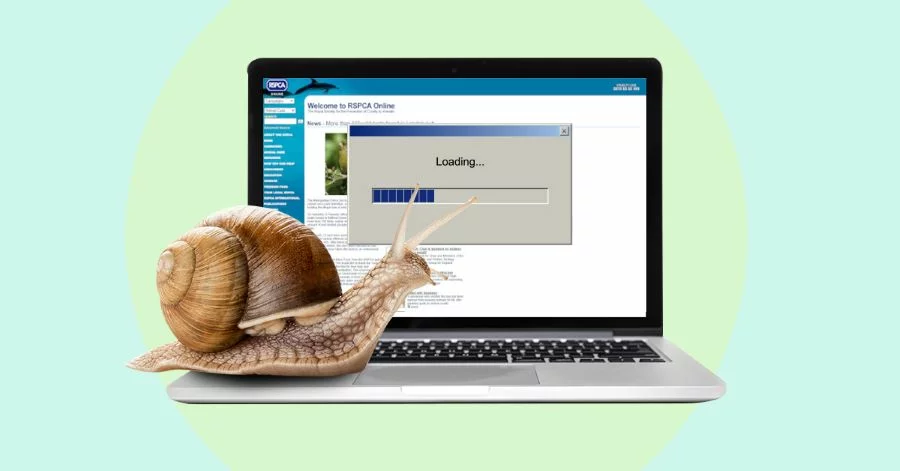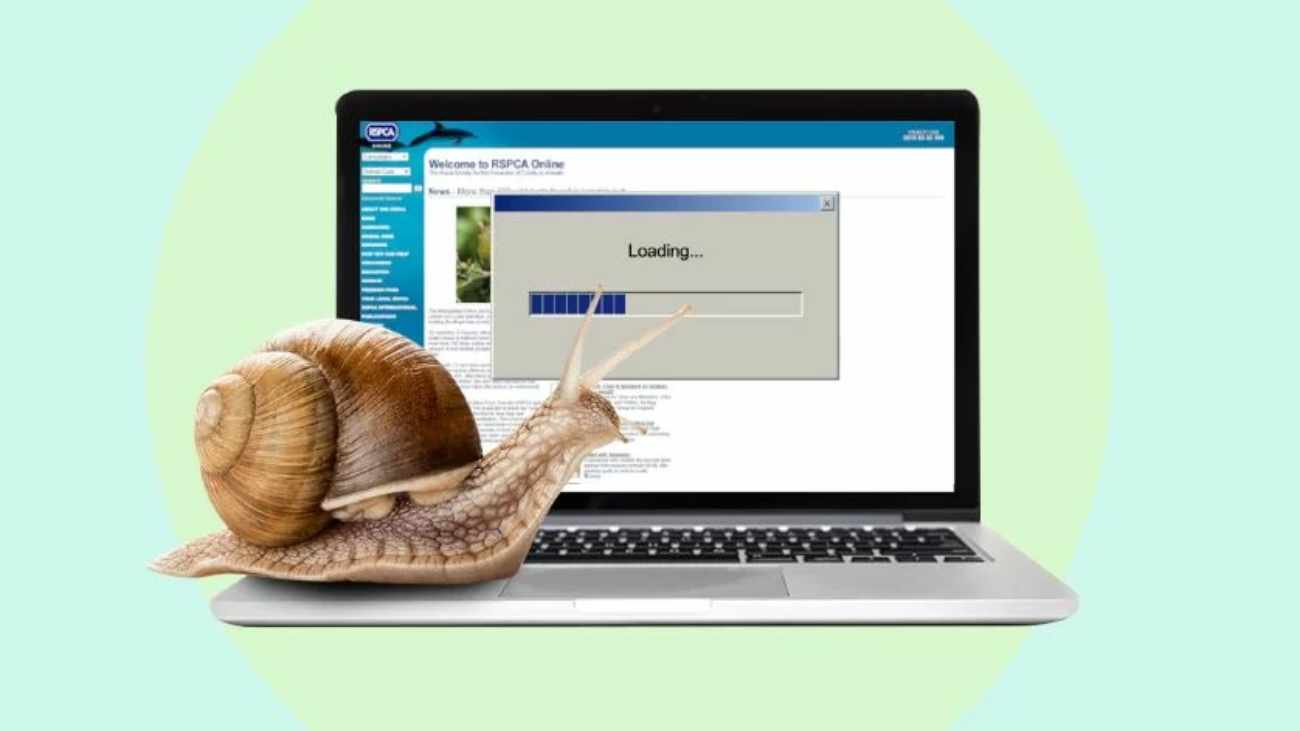Why a Slow Website is Killing Your Business (And How to Fix It)
Are you tired of watching your website visitors vanish into thin air? Do you struggle to convert leads into sales? If so, it’s time to face the brutal truth: a slow website is silently assassinating your business. In today’s fast-paced digital landscape, user experience is paramount, and a sluggish website can be the kiss of death for your online presence.

The Alarming Consequences of a Slow Website
Studies have shown that a mere one-second delay in page load time can result in:
A 7% reduction in conversions
An 11% decrease in page views
A staggering 16% drop in customer satisfaction
Furthermore, a slow website can also negatively impact your search engine rankings, as Google takes page speed into account when determining website authority. This means that a sluggish site can effectively sabotage your SEO efforts, making it even harder to attract organic traffic.
The Top Culprits Behind a Slow Website
Before we dive into the solutions, it’s essential to identify the common culprits behind a slow website:
- Bloated Code: Excessive HTML, CSS, and JavaScript can cause your website to slow down.
- Poor Image Optimization: Large, unoptimized images can significantly increase page load times.
- Server Issues: Slow server response times, inadequate hosting, and poor caching can all contribute to a sluggish website.
- Too Many HTTP Requests: Excessive HTTP requests can lead to slower page load times, as each request requires additional processing time.
How to Fix a Slow Website and Boost Your Business
Fear not, dear reader! The good news is that a slow website can be resurrected with some simple yet effective tweaks:
- Optimize Your Images: Compress your images using tools like TinyPNG or ImageOptim to reduce file sizes.
- Enable Browser Caching: Allow visitors' browsers to cache your website's resources, reducing the need for repeat requests.
- Leverage Content Delivery Networks (CDNs): Distribute your content across multiple servers to reduce server response times.
- Enable Keep-Alive: Allow multiple requests to be sent over a single connection, reducing the number of HTTP requests.
- Upgrade Your Hosting*: Consider switching to a faster, more reliable hosting provider, such as a cloud-based or SSD-powered option.
- Minify and Compress Code: Remove unnecessary code and compress files to reduce page size and improve load times.
Conclusion
A slow website is a silent business killer, capable of driving away potential customers and harming your reputation. By identifying the common culprits behind a slow website and implementing the simple fixes outlined above, you can breathe new life into your online presence. Remember, every second counts in the world of online business – don’t let a slow website hold you back any longer.
website speed, online business, digital marketing, user experience, search engine optimization, conversion optimization, website performance, page load times.
Let's Stay in Touch
Have Any Questions?
Sometimes all it takes is a single message…

